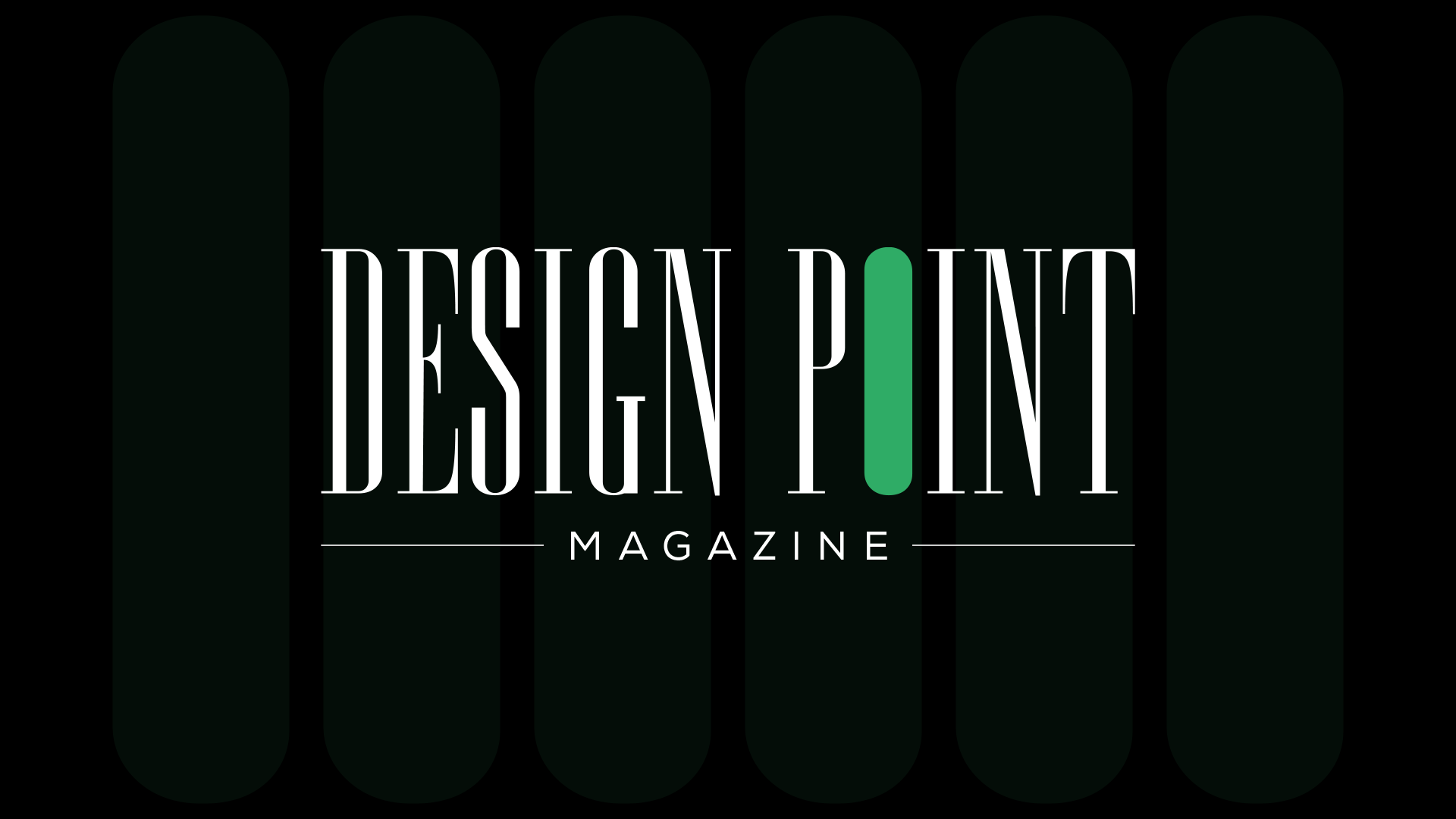Connecting Dots is a monthly column by writer Amy Cowen, inspired by her popular Substack, Illustrated Life. Each month, she’ll introduce a new creative postcard prompt. So grab your supplies and update your mailing list! Play along and tag @print_mag and #postcardprompts on Instagram.
Send a Map, Literally – Postcard No. 10
How do you get from your house to the library, the grocery store, your favorite green space, or the coffee shop? What are your landmarks? What connects point A to point B? How was your journey a straight line? Or were there loops and zigzags and switchbacks?
When you think back to the place you grew up, what do you remember? What were the major roads? When you drive down the street that comes to mind, which way do you turn? When you walk into the woods, what kind of trail do you leave? What marks do you follow to get where you are going or to find your way back home?
Whether we live a fluid, wandering, nomadic life or stay close to home, we all create pathways of familiarity. We have dirt roads and shortcuts and alleys and paths up and down hillsides that are well trodden. We have circles and circuits and loops that are ingrained in our patterns of movement. We have favorite roads and roads we avoid. We know where there are tolls and where there are one-way streets.
Our wayfinding is habitual, passages ironed out and refined over time, but it also shifts and changes. Sometimes the paths widen or broaden or narrow or undulate in different ways.
When we tell someone how to get somewhere, what clues and footholds do we offer?
This month, send a map.
There are myriad ways you can approach visually representing how to get from one place to another or visually representing the contents of a place.
In addition to the roads, green spaces, bodies of water, and notations specific to a terrain or geographic place, there are several key elements that may appear on a map. The compass rose, of course, is often a beautiful, ornate element that points out the cardinal directions. The legend helps you understand the colors or patterns or system of symbols the map uses. The cartouche is a self-contained decorative element that holds additional information about a map, including the title and the scale. Many maps also have a decorative frame.
There are many ways you might approach maps and mapping as a postcard prompt. You might plot out the very simple path that takes you from your house to points you frequent, like the grocery store, the library, maybe a school, maybe a favorite restaurant, maybe a nearby landmark, someplace you visit often, or someplace that stands out, like the bakery with the apple fritters or the coffee shop with the comfy chairs.
Maybe your map is bigger in scope, and you look at the distance and the path between two places that are X number of miles apart. Maybe your map is a timeline, a chronology of the places you have lived. Maybe your map is fictional, a map that goes along with a story you are writing. Maybe you use a literal map as the foundation for a piece of art. The stunning portraiture of Ed Fairburn is a wonderful example of how maps can be used as both a substrate and a textural element in art.
For more inspiration about mapmaking as art, see the work of Paula Scher:
Paula Scher’s Mind-Bending Maps
Design Matters Live: Paula Scher
A few books you might look for at the library:
Map Art Lab (affiliate link)
How to Make Hand-Drawn Maps (affiliate link)
How to Draw Fantasy Art and RPG Maps (affiliate link
You Are Here: Personal Geographies and Other Maps of the Imagination (affiliate link)
Paula Scher: MAPS
A Year of Postcard Prompts
This is the tenth in a year-long series of monthly postcard art prompts, prompts that nudge you to write or make art on a postcard and send it out into the world, to connect with someone using a simple rectangle of paper that is let loose in the mail system. Feel free to jump in and make and send your own postcard art.
Reminder: It is totally okay to send regular postcards and add a bit of illustration as a visual supplement to your written note.
Amy Cowen is a San Francisco-based writer. A version of this was originally posted on her Substack, Illustrated Life, where she writes about illustrated journals, diary comics/graphic novels, memory, gratitude, loss, and the balancing force of creative habit.
Header image: assorted postcards, including postcards received from readers, courtesy of the author. ©️ A. Cowen. All rights reserved.
The post Connecting Dots: Send a Map appeared first on PRINT Magazine.

